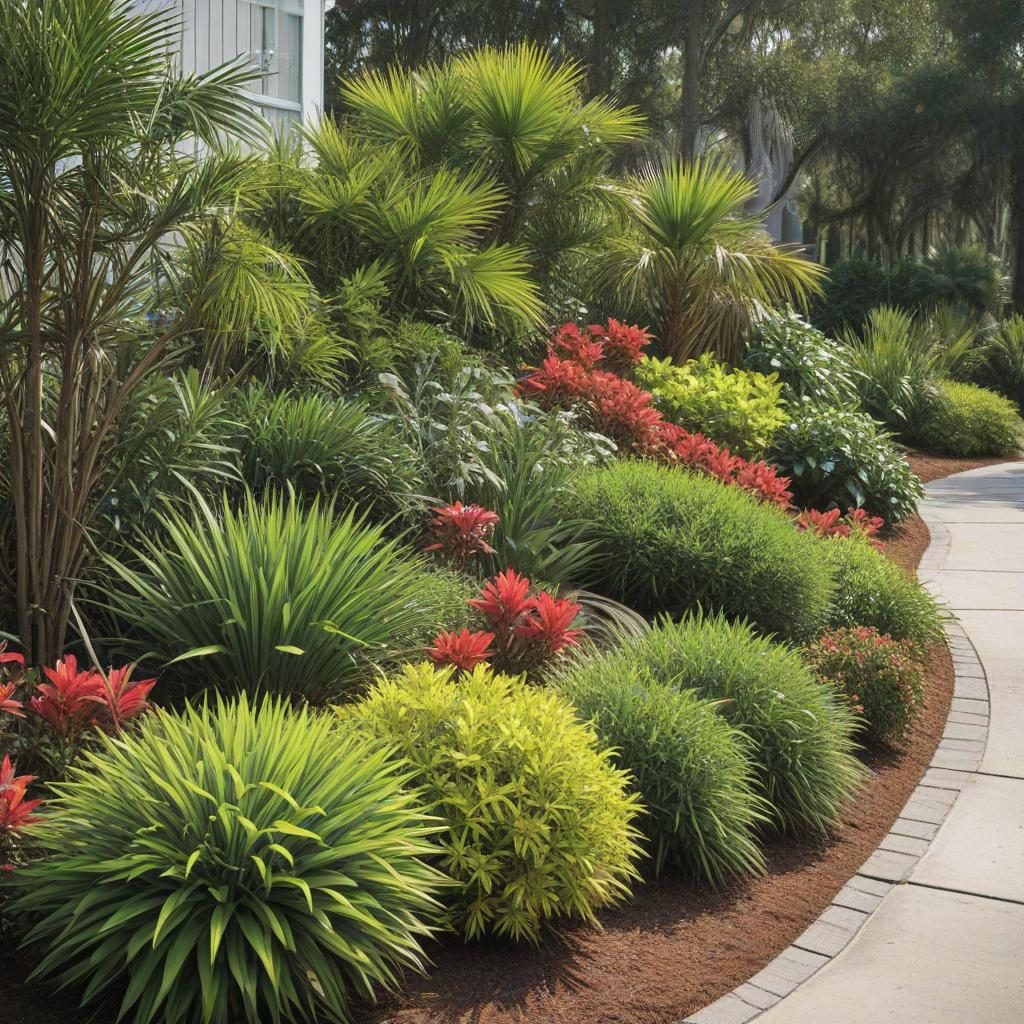
Top-rated Landscape and Design services in Myrtle Beach, North Myrtle Beach, Surfside Beach, Carolina Forest, Conway and more.

North Myrtle Beach, located on the Atlantic coast of South Carolina, boasts breathtaking views and a vibrant coastal culture. However, the coastal conditions in this area can present unique challenges for landscaping. With sandy soil, saltwater, and constant exposure to sun, wind, and moisture, managing a thriving landscape can be a tough task. In this blog post, we will explore the top ways to optimize landscaping for coastal conditions in North Myrtle Beach.
One of the best ways to combat the harsh coastal conditions in North Myrtle Beach is to choose native plant species for your landscaping. Native plants are genetically adapted to the local climate, soil, and weather conditions, making them more resilient to the challenges posed by a coastal environment. Moreover, they require less water and maintenance, making them a practical and eco-friendly option for your landscape.
In addition to native plants, it is crucial to incorporate drought-tolerant species into your landscaping. With the salty and sandy soil in North Myrtle Beach, water retention can be a challenge. Drought-tolerant plants have evolved to withstand long periods without water and can thrive in the coastal climate. Some great options include beach grass, succulents, and drought-resistant shrubs like rosemary and lavender.
Mulching is a great way to retain moisture in the soil, protect against erosion, and add organic matter to the soil. In a coastal environment, where soil moisture is a constant struggle, mulching can be a game-changer. Choose a mulch that is salt-tolerant, like pine straw or crushed shells, for added benefits. Mulching also helps control weeds, which can be particularly persistent and damaging in a coastal setting.
Saltwater and wind can be damaging to landscaping, so it is crucial to limit their exposure as much as possible. Consider installing windbreakers, such as hedges or fences, to protect your plants from strong winds. You can also create a buffer zone between your landscape and the ocean by planting salt-tolerant bushes or trees. Regularly rinse your plants with fresh water to remove salt deposits, and position your outdoor furniture strategically to protect it from saltwater damage. In conclusion, optimizing landscaping for coastal conditions in North Myrtle Beach requires careful consideration and planning. By choosing native and drought-tolerant plants, mulching, and limiting exposure to saltwater and wind, you can create a beautiful and sustainable landscape that can withstand the unique challenges of the coastal environment.